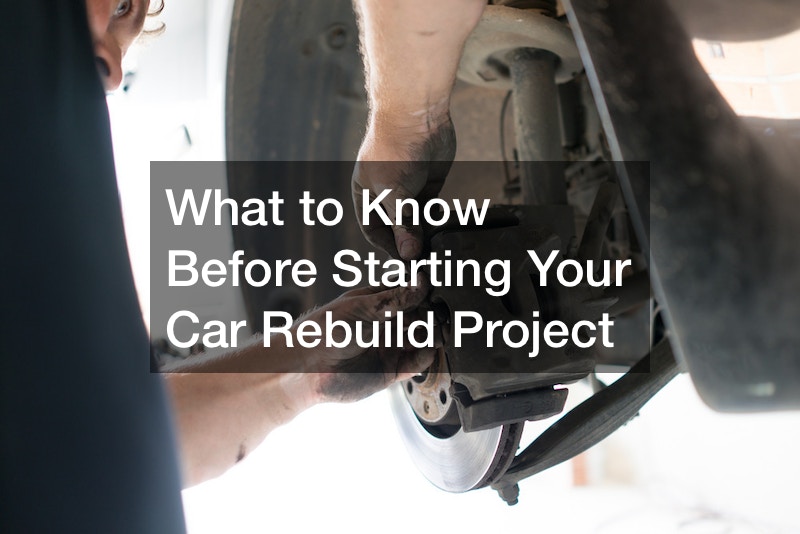Impact attenuators, also known as crash cushions, are essential components of roadway safety systems designed to protect drivers, passengers, and roadside infrastructure. These devices are strategically placed along highways, near construction zones, toll plazas, and other high-risk areas to absorb and dissipate the energy generated during a collision. By reducing the severity of crashes, they not only save lives but also minimize the potential for secondary accidents and property damage.
What Are Impact Attenuators?
An impact attenuator is a safety device engineered to absorb kinetic energy when a vehicle collides with a fixed object. Instead of allowing a vehicle to hit a rigid barrier or structure directly, attenuators act as a buffer, slowing down the vehicle gradually. They are built with materials and designs that compress, deform, or redirect forces in a controlled manner.
Common designs include:
-
Sacrificial systems: These deform or crush upon impact, absorbing energy through destruction of materials like aluminum, steel, or plastic.
-
Reusable systems: Built to withstand multiple impacts, these are often used in high-traffic zones where repeated collisions are more likely.
-
Redirective attenuators: These not only absorb energy but also guide the vehicle away from the hazard, reducing the chance of rebound crashes.
Why They Are Critical to Road Safety
Roadways often contain hazards such as bridge piers, sign supports, guardrail ends, and toll booths. Without protection, these fixed objects can cause severe or even fatal accidents. Impact attenuators serve as a life-saving barrier between motorists and these rigid structures.
By slowing down a vehicle in a controlled way, attenuators reduce the chance of catastrophic injuries. They also protect workers in construction zones and safeguard expensive infrastructure that could be damaged in a crash. Ultimately, their presence makes high-speed roadways significantly safer for everyone.
Key Locations Where Attenuators Are Installed
Placement of attenuators is carefully planned based on traffic studies, accident history, and roadway design. Some of the most common locations include:
-
Exit ramps: Where drivers may misjudge speed or trajectory.
-
Bridge supports and piers: Highly vulnerable areas that need protection from direct impact.
-
Work zones: Temporary attenuators provide essential safety for workers and passing motorists.
-
Toll plazas and lane dividers: Areas where traffic merges, stops, or changes direction suddenly.
Materials and Technology Behind Attenuators
Modern attenuators rely on advanced engineering and materials science. Some systems use steel cartridges that crumple on impact, while others use high-density plastic filled with sand or water. Newer innovations include energy-absorbing foams, replaceable cartridges, and modular systems that allow for quick installation and repair.
Technology is also advancing toward smart attenuators that can monitor impacts, report damage, and integrate with traffic management systems. These improvements ensure that roads remain safe while also reducing downtime after collisions.
The Human Impact
The most important measure of attenuator effectiveness is lives saved. Studies and crash data consistently show that impact attenuators drastically reduce the severity of injuries compared to unprotected collisions with fixed objects. Families are spared tragedy, emergency responders face fewer life-threatening scenarios, and communities benefit from safer transportation networks.
Attenuators also reduce the ripple effect of accidents. A severe crash can cause traffic congestion, secondary collisions, and long delays. By softening impacts and limiting vehicle damage, attenuators help keep traffic flowing more smoothly even in the aftermath of an incident.
Regulations and Standards
In the United States, the Federal Highway Administration (FHWA) and the American Association of State Highway and Transportation Officials (AASHTO) set guidelines for the design, testing, and installation of impact attenuators. Products must meet rigorous crash-testing standards to ensure that they perform reliably in real-world conditions. States and municipalities follow these standards to decide where and how attenuators should be deployed.
Looking Toward the Future
As vehicles evolve with new safety technologies, roadway safety devices like impact attenuators must also adapt. Autonomous and connected vehicles may one day communicate directly with roadside safety systems, allowing for more dynamic crash avoidance and mitigation strategies. In the meantime, continual improvements in materials and design will keep enhancing the effectiveness of attenuators.
With increasing traffic volumes and the constant need to upgrade infrastructure, impact attenuators will remain a vital part of roadway safety. They represent a proactive investment in protecting lives and ensuring that transportation systems are resilient in the face of accidents.
Impact attenuators may not always be noticed by drivers, but their presence is critical to modern roadway safety. By absorbing and dissipating crash energy, these devices prevent catastrophic injuries and fatalities, protect infrastructure, and keep traffic moving after accidents. Whether installed permanently at bridge piers or temporarily in work zones, attenuators stand as silent guardians of the road, ready to perform when needed most.
As technology continues to evolve, so will these safety systems, ensuring that highways remain as safe as possible for generations of drivers to come.




